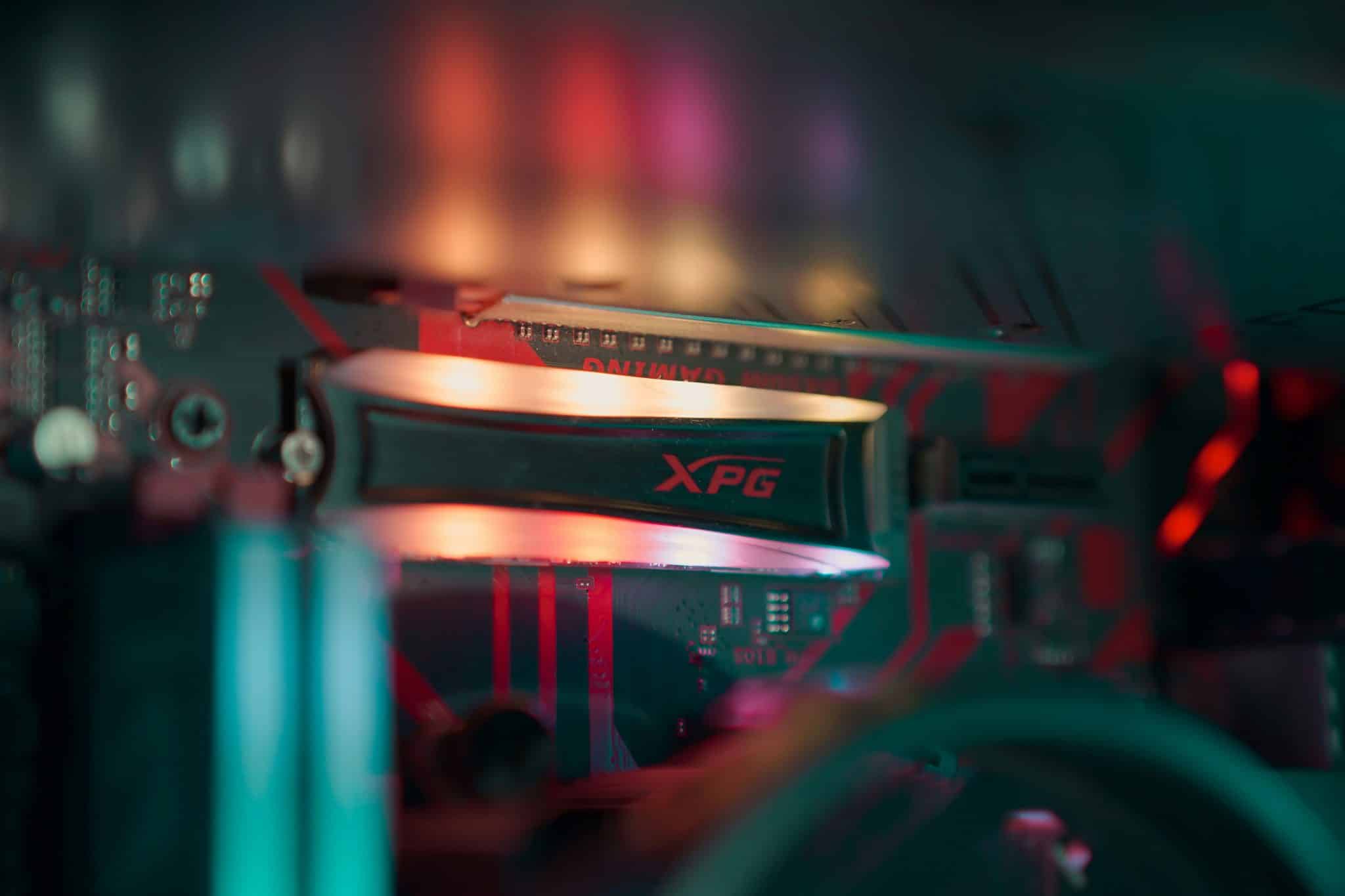Think about a situation where you need to accurately and safely measure the flow of electricity in a circuit without stopping it or placing your equipment at risk. In these cases, a current transducer becomes an important part.
Current transducers are very important parts of electricity, and this article will teach you everything you need to know about them.
What is a Current Transducer?
A current transducer is a device that helps measure how much electrical current is flowing through a circuit. It works kind of like a sensor: it detects the amount of current passing through a wire and converts that information into a signal that you can understand. This is usually in the form of numbers or a visual display.
Common Types of Current Transducers
Digital Signaling
Digital signaling current transducers convert electrical currents into digital signals for measurement and control purposes. They use binary code to represent the magnitude of the current, providing precise and accurate readings.
Digital signaling offers advantages such as high resolution, immunity to electrical noise, and compatibility with digital communication protocols like Modbus or Ethernet.
Analog Signaling
Electrical currents can be changed into continuous analog signals, usually voltage or current, that are proportional to the size of the measured current. For monitoring and controlling tasks that need immediate feedback, analog signaling is a good choice because it gives real-time information about the flow of current.
Source Current Type
Source current-type transducers measure the current flowing from a power source to a load. They are commonly used in applications where the current source is known and consistent, such as in power distribution systems or industrial machinery.
Sensing Range
Sensing range refers to the range of current values that a transducer can accurately measure. It’s essential to select a transducer with a sensing range appropriate for your specific application to ensure accurate and reliable measurements. Transducers with adjustable sensing ranges offer flexibility and versatility to accommodate different current levels.
Adjustable Trip
Transducers with adjustable trip settings allow users to set specific thresholds or trip points for current levels. When the measured current exceeds the preset threshold, the transducer can trigger alarms, shut off power, or initiate other protective measures. Adjustable trip transducers are used in applications where precise control and protection against overcurrent conditions are critical.
Split-Core/Solid-Core
Split-core transducers feature a hinged design that allows them to be easily installed around existing conductors without disconnecting electrical circuits. Solid-core transducers have a solid construction and require the conductor to be threaded through the transducer’s opening.
Both types offer advantages, depending on the installation requirements and accessibility of the conductors.
Output Signal
The output signal of a current transducer refers to the type of signal it generates based on the measured current. Common output signals include voltage, current, frequency, or digital signals. The choice of output signal depends on the compatibility with the monitoring or control system and the desired method of data transmission and processing.
Components of Current Transducers
Sensitive Component
The sensitive component of a current transducer is the part responsible for detecting and measuring the electrical current passing through a conductor. It may consist of coils, sensors, or Hall effect devices that convert the magnetic field generated by the current into a proportional signal.
Conversion Component
The conversion component of a current transducer processes the signal generated by the sensitive component and converts it into a usable form for measurement or control purposes. This component may include amplifiers, filters, or signal conditioning circuits that enhance the signal quality, accuracy, and stability.
Conversion Circuit
In the current transducer, the conversion circuit is the electronic circuitry that processes signals and changes levels. It may include analog-to-digital converters (ADCs), digital signal processors (DSPs), or microcontrollers that manipulate the input signal and generate the desired output signal format.
Power Circuit
There is electricity in a current transducer’s power circuit that powers the sensitive and conversion parts. It may include power supplies, voltage regulators, or battery packs that supply the required voltage and current to the transducer’s internal circuitry.
Depending on the transducer’s design and application, the power circuit may be powered by mains electricity, batteries, or other sources.
Explore Current Transducer Technology Today
Whether you’re involved in industrial automation, renewable energy, or electrical power systems, understanding current transducer technology is key to optimizing efficiency and reliability.
So, don’t hesitate to explore the possibilities—start learning about current transducers today and unlock new opportunities for monitoring and controlling electrical currents. Your journey into current transducer technology awaits!



































